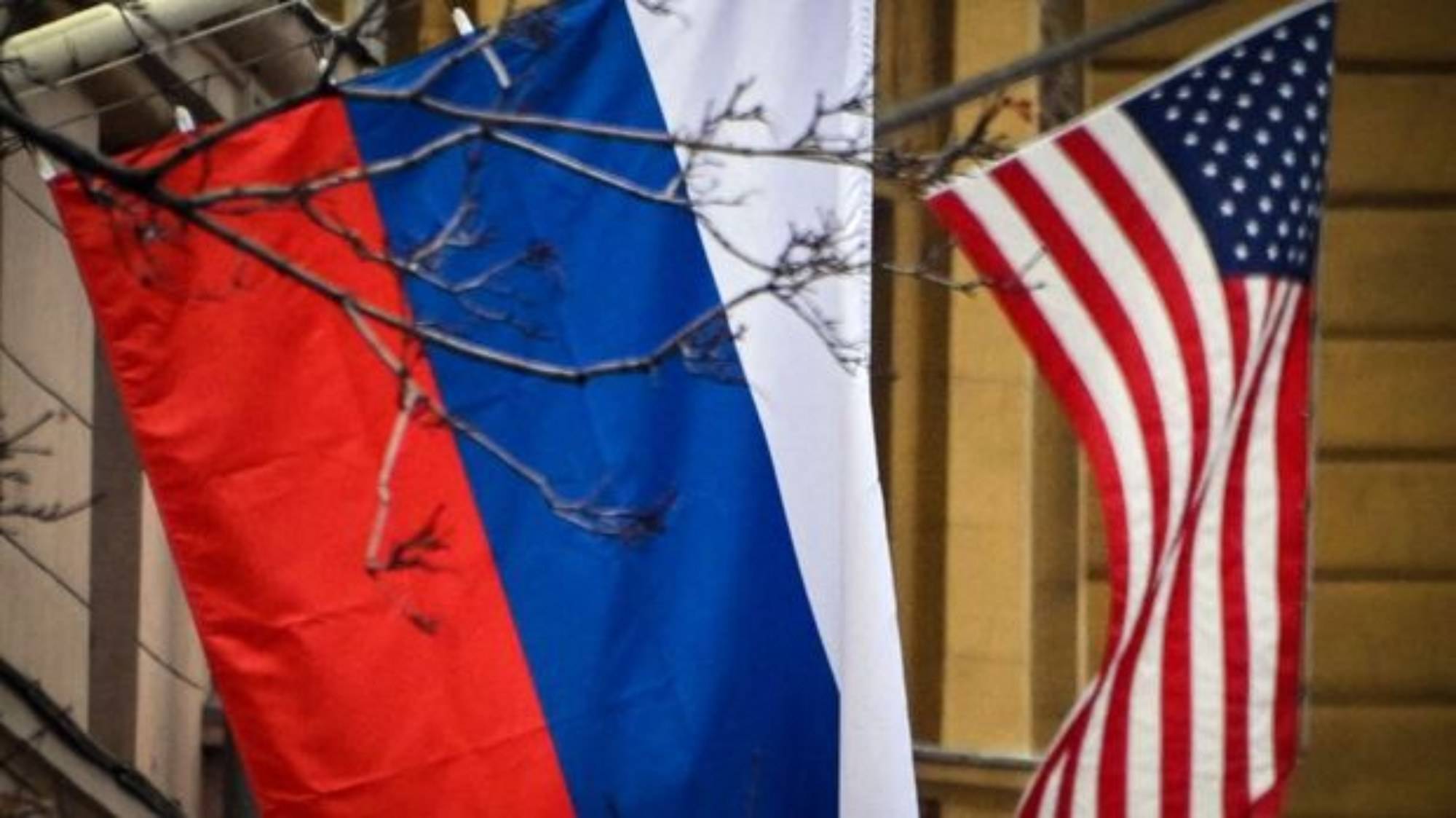As Steve Witkoff, Donald Trump’s envoy, sits down for his fourth round of talks with Vladimir Putin, it becomes increasingly evident that Europe and even Ukraine itself have been pushed to the margins.
The Kremlin and the White House seem to believe that they can settle this dispute between themselves, sidelining the voices of the countries directly affected. In a way, it’s a classic case of “where there’s smoke, there’s fire,†as both sides have shown that they can navigate the turbulent waters of international diplomacy without much regard for those in the way.
Read Also: Top general killed in car bombing
At the outset of the conflict, Russia’s grand plan was straightforward: take Kyiv, topple Ukraine’s pro-Western government, and install a puppet regime more loyal to Moscow, much like the one in Belarus.
But three years later, Russia has failed spectacularly in this ambition. Yet, as the saying goes, "If at first, you don’t succeed, try, try again." Russia may have faltered in its initial push, but with a change of tactics and the arrival of a new occupant in the White House, they’ve adapted their strategy. And, to the world’s dismay, it’s proving effective.
So, what’s the new playbook? Step one: Take advantage of a weakened transatlantic alliance. Check. The bond between Europe and the United States, once a formidable force on the world stage, has grown frayed. Step two: string along the ‘peace negotiations,’ giving the impression that Ukraine is the obstacle to peace.
This has become a familiar dance; Russia uses these talks to paint Ukraine as the intransigent party, undermining its position while stoking frustration in the West. Step three: dangle the prospect of reviving U.S. business in Russia as a reward for a peace deal. Check. The allure of economic revival has often been the carrot on the stick, drawing in those eager to lift sanctions in exchange for a seat at the table.
It’s also important to remember that, back on March 11th, Ukraine agreed to Washington’s comprehensive 30-day ceasefire plan, a move that reflected an eagerness to end the bloodshed.
No preconditions, no caveats—just a straightforward ceasefire. Russia, however, refused to engage in the same spirit, showing that their true intentions were not aligned with peace, but with leverage. As the situation now stands, the talk has moved from mere ceasefires to the framing of a "peace deal" that increasingly tilts in Russia’s favour. "The devil is in the details," as the adage goes, and those details seem to favour Moscow more than they do Kyiv.
With the gap between Presidents Trump and Zelensky widening, it might be a blessing in disguise if they don’t meet at tomorrow’s papal funeral in Rome. "Don’t force a square peg into a round hole," as the saying goes, sometimes, certain meetings just don’t need to happen. The reality is that the interests of Ukraine and the United States are drifting apart, as the powerful forces at play make it clear that diplomacy is more about power dynamics than the well-being of the people caught in the middle.
In this shifting world of geopolitical chess, one truth stands clear: the cost of playing the long game is often measured in lives and livelihoods, not just political victories. And as the chess pieces move, Europe and Ukraine find themselves struggling to catch up.


